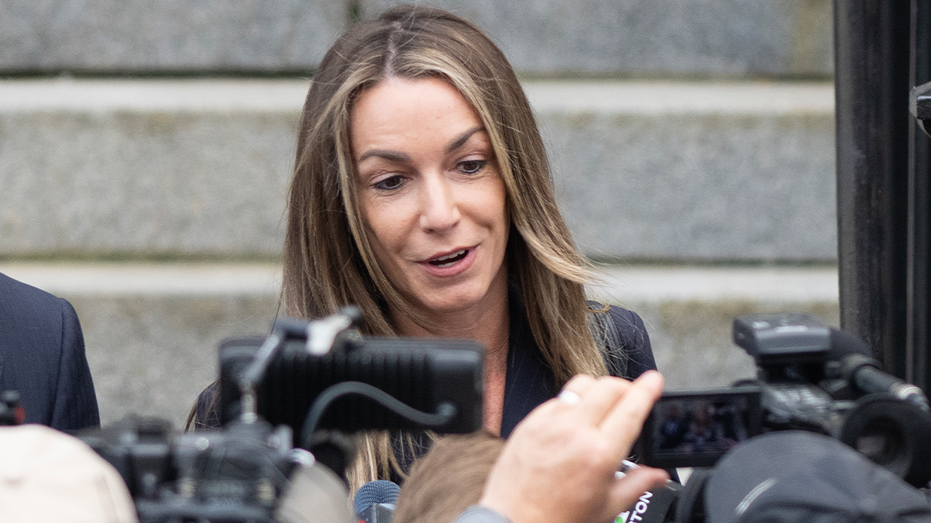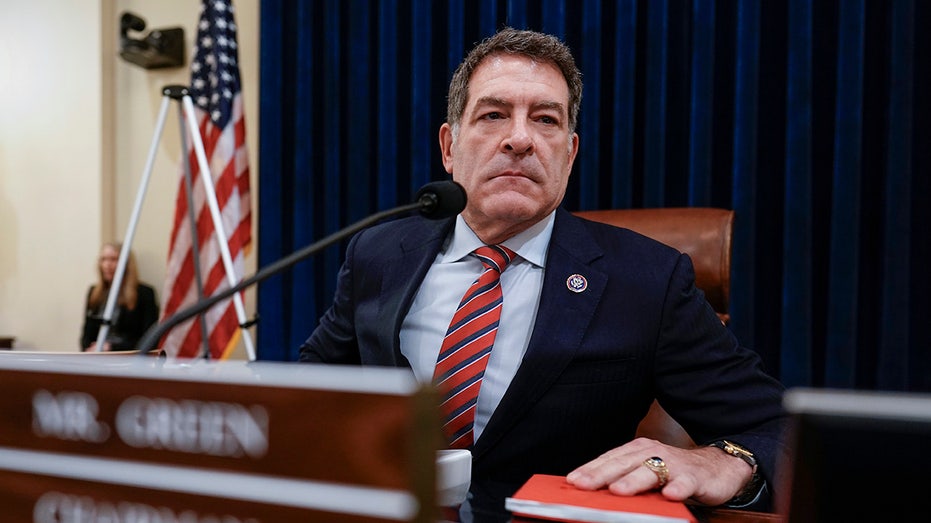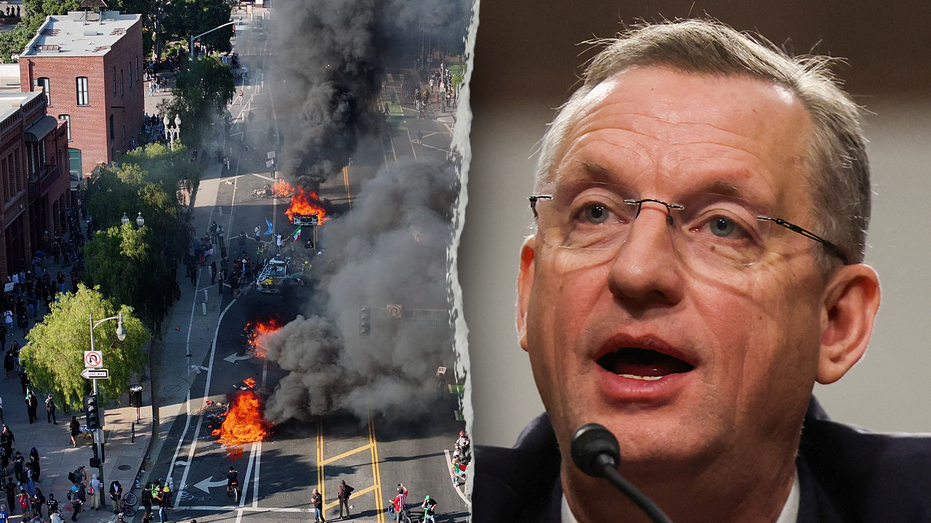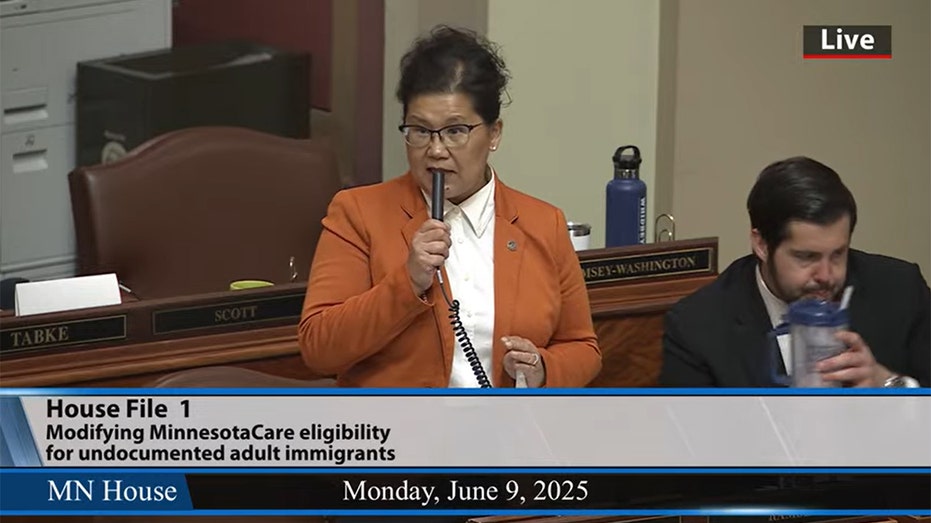Former Judge Warns Jury Skepticism Toward Experts Could Decide Karen Read Murder Trial
Expert witnesses clash over Lexus’s role in Karen Read’s murder trial as jurors remain skeptical, says retired judge.

As the retrial of Karen Read unfolds in Massachusetts, attention is turning to the crucial role that jurors will play in deciphering a maze of expert testimony. With both sides presenting complex scientific evidence regarding the events that led to the death of Boston Police Officer John O’Keefe, the final verdict will hinge not on the authority of the specialists, but on the judgment of everyday citizens tasked with weighing their often-conflicting conclusions.
Karen Read, 45, stands accused of striking O’Keefe with her SUV and leaving him outside during a brutal blizzard in January 2022, ultimately causing his death through a combination of blunt force trauma and hypothermia. The prosecution contends that damage to Read’s vehicle and the fragments found at the scene point directly to her involvement. However, the defense has sought to cast doubt on these claims through the testimony of Dr. Daniel Wolfe, a crash reconstruction specialist, whose experiments aimed to replicate the alleged incident.
Dr. Wolfe, under intense cross-examination, acknowledged inconsistencies within his tests. Special prosecutor Hank Brennan highlighted several flaws: Wolfe’s use of a dummy that did not match O’Keefe’s size, the inconsistency in dummy limb usage, and the lack of repeated trials at each tested speed. One pivotal exchange centered on whether plastic fragments from the shattered taillight could have “impaled” O’Keefe; Wolfe deemed this scenario unlikely, casting doubt on one of the prosecution’s supporting details.
The trial has become a classic “battle of the experts,” with specialists from both sides—Wolfe for the defense and Dr. Judson Welcher (alongside Shanon Burgess) for the prosecution—offering sharply divergent interpretations of physical evidence. While the prosecution maintains that O’Keefe’s injuries are “consistent with being struck by a Lexus and also contacting a hard surface,” Wolfe’s analysis suggests the injuries do not align with the specific damage observed on Read’s vehicle or O’Keefe’s clothing. These contradictions lie at the heart of the jury’s central dilemma.
A retired Massachusetts judge has emphasized that, ultimately, “juries have great powers of observation, and a fundamental depth of experience seldom seen in American life.” Despite the technical credentials of the expert witnesses, it is the laypeople who must determine which, if any, conclusions to accept. Juries are routinely reminded that they are the ultimate arbiters of fact, and are cautioned not to be overawed by the experts—especially those perceived as “hired guns.”
For the defense, the challenge is not to prove Read’s innocence outright, but merely to sow sufficient reasonable doubt to prevent a conviction. Legal analysts have noted that Dr. Wolfe’s testimony, despite its shortcomings, succeeded in raising serious questions about the prosecution’s key allegations. By methodically deconstructing the evidence and challenging the plausibility of the injury patterns and vehicle damage, the defense may have given jurors ample reason to hesitate before delivering a guilty verdict.
The coming days are expected to bring the defense case to a close. As both sides prepare for closing arguments, the focus turns squarely to the jury room, where twelve individuals carry the grave responsibility of deciding not just the fate of Karen Read, but the credibility and limitations of forensic science in the courtroom. If convicted on the most serious charge, Read faces the possibility of life in prison—a stark reminder of the real-world consequences riding on the outcome of this high-profile trial.




